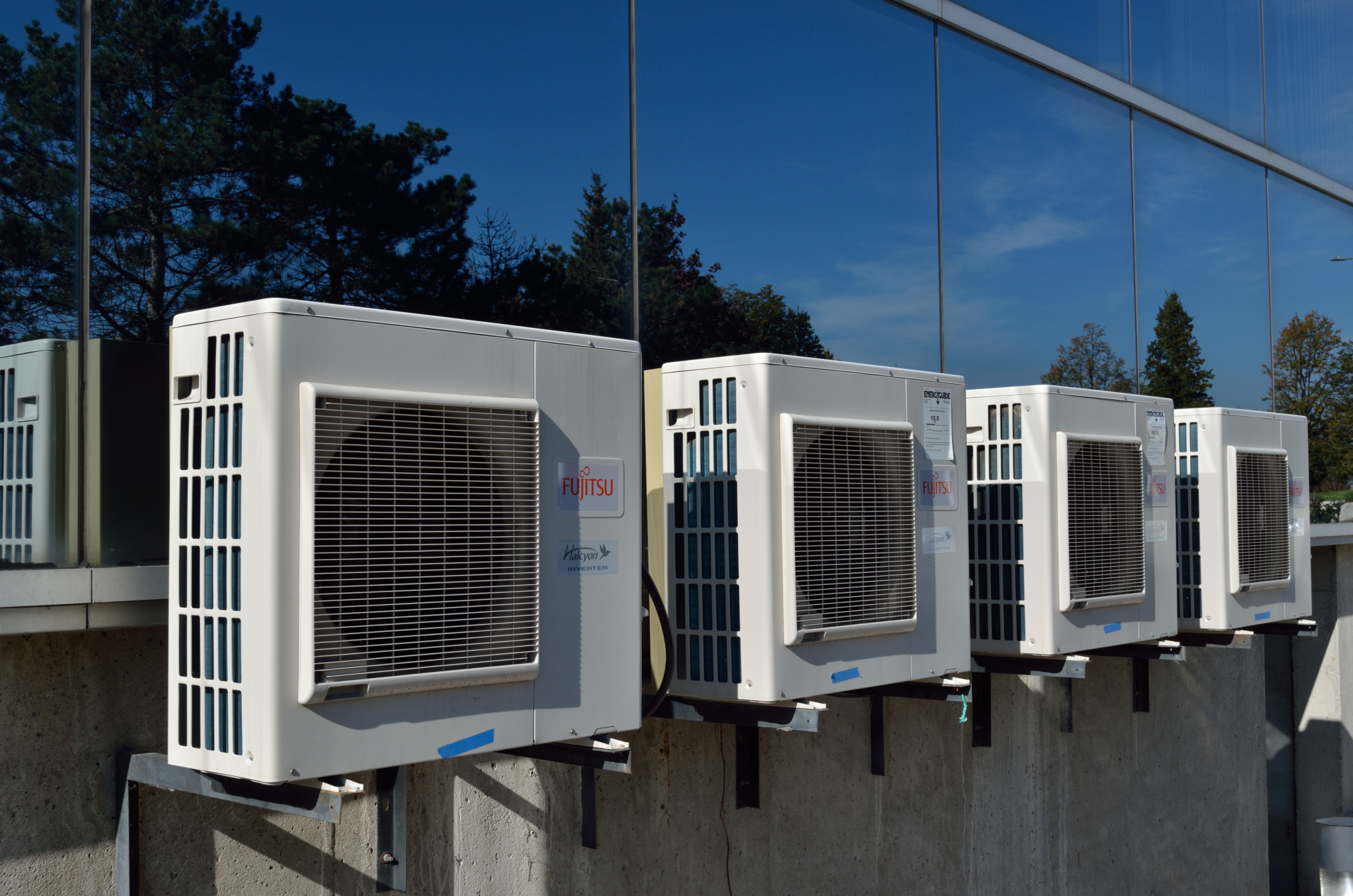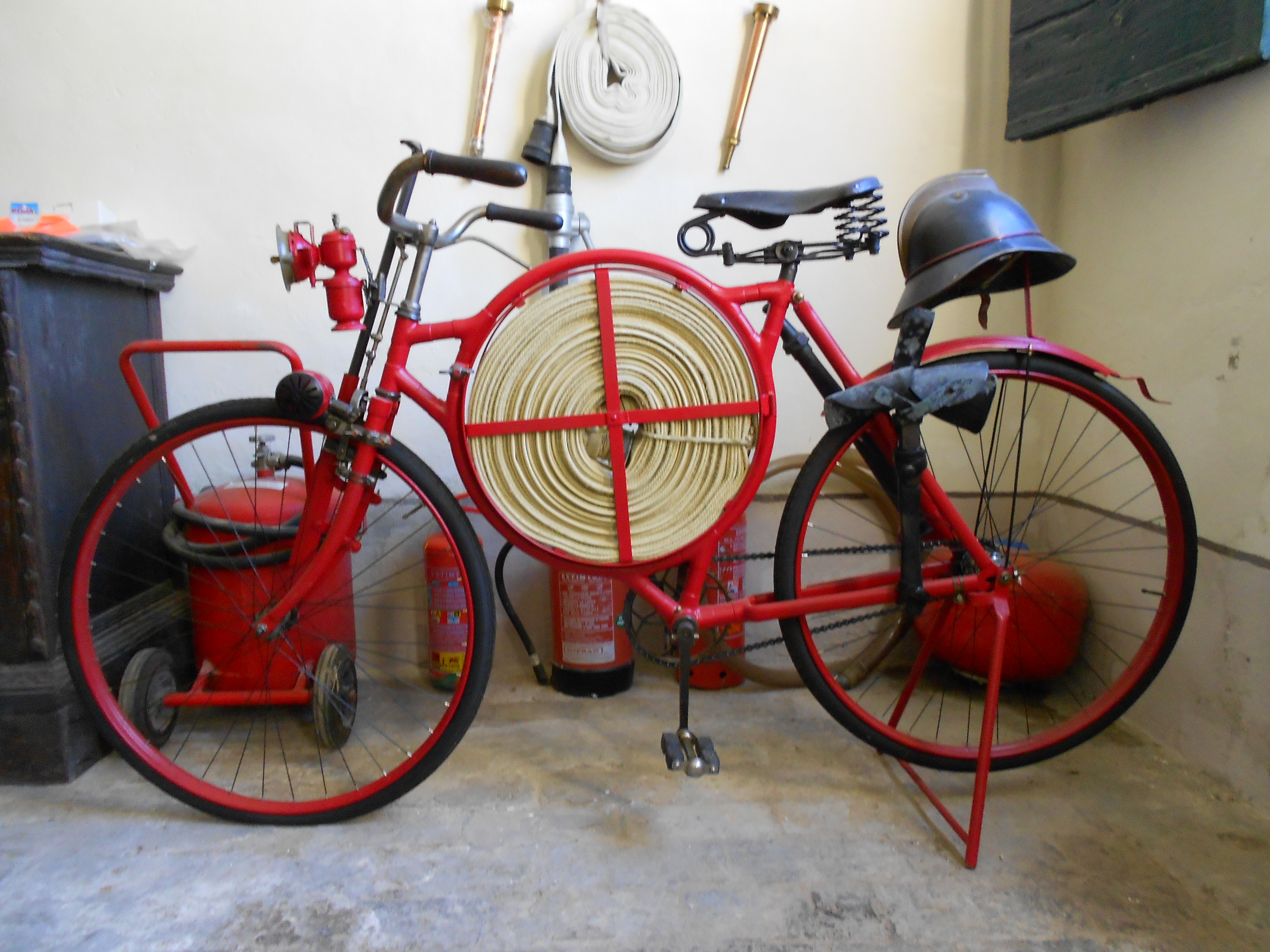|
Mechanic
A mechanic is a skilled tradesperson who uses tools to build, maintain, or repair machinery, especially engines. Formerly, the term meant any member of the handicraft trades, but by the early 20th century, it had come to mean one who works with machinery. Duties Most mechanics specialize in a particular field, such as auto body mechanics, diesel mechanics, air conditioning and refrigeration mechanics, auto mechanics, bicycle mechanics, boiler mechanics, race car mechanics, aircraft mechanics, and other areas. There are also mobile mechanics who work on heavy equipment that will come to you if there is an issue that must be resolved at the location of the machine. A mechanic is typically certified by a trade association or regional government power. Mechanics may be separated into two classes based on the type of machines they work on, heavyweight and lightweight. Heavyweight work is on larger machines or heavy equipment, such as tractors, construction equipment, and trai ... [...More Info...] [...Related Items...] OR: [Wikipedia] [Google] [Baidu] |
Auto Mechanics
An auto mechanic is a mechanic who services and repairs automobiles, sometimes specializing in one or more automobile brands or sometimes working with any brand. In fixing cars, their main role is to diagnose and repair the problem accuratelSeasoned auto repair shops start with a (Digital) Inspection to determine the vehicle conditions, independent of the customers concern. Based on the concern, the inspection results and preventative maintenance needs, the mechanic/technician returns the findings to the service advisor who then gets approval for any or all of the proposed work. The approved work will be assigned to the mechanic on a work order. Their work may involve the repair of a specific part or the replacement of one or more parts as assemblies. Basic Service (motor vehicle), vehicle maintenance is a fundamental part of a mechanic's work in modern industrialized countries, while in others they are only consulted when a vehicle is already showing signs of malfunction. Ed ... [...More Info...] [...Related Items...] OR: [Wikipedia] [Google] [Baidu] |
Machine (mechanical)
A machine is a physical system that uses Power (physics), power to apply forces and control Motion, movement to perform an action. The term is commonly applied to artificial devices, such as those employing engines or motors, but also to natural biological macromolecules, such as molecular machines. Machines can be driven by Animal power, animals and Human power, people, by natural forces such as Wind power, wind and Water power, water, and by Chemical energy, chemical, Thermal energy, thermal, or electricity, electrical power, and include a system of mechanism (engineering), mechanisms that shape the actuator input to achieve a specific application of output forces and movement. They can also include computers and sensors that monitor performance and plan movement, often called mechanical systems. Renaissance natural philosophers identified six simple machines which were the elementary devices that put a load into motion, and calculated the ratio of output force to input force, ... [...More Info...] [...Related Items...] OR: [Wikipedia] [Google] [Baidu] |
Engine
An engine or motor is a machine designed to convert one or more forms of energy into mechanical energy. Available energy sources include potential energy (e.g. energy of the Earth's gravitational field as exploited in hydroelectric power generation), heat energy (e.g. geothermal), chemical energy, electric potential and nuclear energy (from nuclear fission or nuclear fusion). Many of these processes generate heat as an intermediate energy form; thus heat engines have special importance. Some natural processes, such as atmospheric convection cells convert environmental heat into motion (e.g. in the form of rising air currents). Mechanical energy is of particular importance in transportation, but also plays a role in many industrial processes such as cutting, grinding, crushing, and mixing. Mechanical heat engines convert heat into work via various thermodynamic processes. The internal combustion engine is perhaps the most common example of a mechanical heat engine in wh ... [...More Info...] [...Related Items...] OR: [Wikipedia] [Google] [Baidu] |
Bicycle Mechanic
A bicycle mechanic or bike mechanic is a mechanic who can perform a wide range of repairs on bicycles. Classification and wages The New York State Department of Labor describes bicycle repair as a "realistic" occupation, meaning an occupation that would be enjoyed by somebody who likes "practical, hands-on problems," dealing with "real-world materials like wood, tools, and machinery," and one that "does not involve a lot of paperwork or working closely with others." They classify it as a job that "usually requires a high school diploma and may require some vocational training or job-related course work. In some cases, an associate's or bachelor's degree could be needed. Employees in these occupations need anywhere from a few months to one year of working with experienced employees." They indicate an annual wage in the neighborhood of $25,000, but can earn up to a little more than $40,000. "In 2002, employment for bicycle repairers in New York was 360." Skills and training T ... [...More Info...] [...Related Items...] OR: [Wikipedia] [Google] [Baidu] |
Diesel Engines
The diesel engine, named after the German engineer Rudolf Diesel, is an internal combustion engine in which ignition of diesel fuel is caused by the elevated temperature of the air in the cylinder due to mechanical compression; thus, the diesel engine is called a compression-ignition engine (CI engine). This contrasts with engines using spark plug-ignition of the air-fuel mixture, such as a petrol engine (gasoline engine) or a gas engine (using a gaseous fuel like natural gas or liquefied petroleum gas). Introduction Diesel engines work by compressing only air, or air combined with residual combustion gases from the exhaust (known as exhaust gas recirculation, "EGR"). Air is inducted into the chamber during the intake stroke, and compressed during the compression stroke. This increases air temperature inside the cylinder so that atomised diesel fuel injected into the combustion chamber ignites. The torque a diesel engine produces is controlled by manipulating the air-fue ... [...More Info...] [...Related Items...] OR: [Wikipedia] [Google] [Baidu] |
Aircraft Mechanic
An aircraft mechanic, aviation mechanic or aircraft maintenance technician (AMT) is a tradesperson who carries out aircraft maintenance and repairs. AMTs inspect and perform or supervise maintenance, repairs and alteration of aircraft and aircraft systems. For a person who holds a mechanic certificate issued by the Federal Aviation Administration, the rules for certification, and for certificate-holders, are detailed in Subpart D of Part 65 of the Federal Aviation Regulations (FARs), which are part of Title 14 of the Code of Federal Regulations. The US certification is sometimes referred to by the FAA as the Aviation Maintenance Technician and is commonly referred to as the Airframe and Powerplant (A&P). Certification In the U.S, the general requirement for eligibility for a mechanic certificate include the following. The candidate must: *Be 18 or older *Be able to read, speak, and understand English fluently; *Meet the experience or educational requirement; and *Pass a set ... [...More Info...] [...Related Items...] OR: [Wikipedia] [Google] [Baidu] |
Steam Pump
A pump is a device that moves fluids (liquids or gases), or sometimes Slurry, slurries, by mechanical action, typically converted from electrical energy into hydraulic or pneumatic energy. Mechanical pumps serve in a wide range of applications such as Water well pump, pumping water from wells, aquarium filtering, pond filtering and Water aeration, aeration, in the car industry for Water cooling, water-cooling and fuel injection, in the energy industry for Pumping (oil well), pumping oil and natural gas or for operating cooling towers and other components of heating, ventilation and air conditioning systems. In the medical industry, pumps are used for biochemical processes in developing and manufacturing medicine, and as artificial replacements for body parts, in particular the artificial heart and Penile implant, penile prosthesis. When a pump contains two or more pump mechanisms with fluid being directed to flow through them in series, it is called a ''multi-stage pump''. T ... [...More Info...] [...Related Items...] OR: [Wikipedia] [Google] [Baidu] |
Air Conditioning
Air conditioning, often abbreviated as A/C (US) or air con (UK), is the process of removing heat from an enclosed space to achieve a more comfortable interior temperature, and in some cases, also controlling the humidity of internal air. Air conditioning can be achieved using a mechanical 'air conditioner' or through other methods, such as passive cooling and ventilative cooling. Air conditioning is a member of a family of systems and techniques that provide Heating, ventilation, and air conditioning, heating, ventilation, and air conditioning (HVAC). Heat pumps are similar in many ways to air conditioners but use a reversing valve, allowing them to both heat and cool an enclosed space. Air conditioners, which typically use vapor-compression refrigeration, range in size from small units used in vehicles or single rooms to massive units that can cool large buildings. Air source heat pumps, which can be used for heating as well as cooling, are becoming increasingly common in cool ... [...More Info...] [...Related Items...] OR: [Wikipedia] [Google] [Baidu] |
Refrigeration
Refrigeration is any of various types of cooling of a space, substance, or system to lower and/or maintain its temperature below the ambient one (while the removed heat is ejected to a place of higher temperature).IIR International Dictionary of Refrigeration, http://dictionary.iifiir.org/search.php ASHRAE Terminology, https://www.ashrae.org/technical-resources/free-resources/ashrae-terminology Refrigeration is an artificial, or human-made, cooling method. Refrigeration refers to the process by which energy, in the form of heat, is removed from a low-temperature medium and transferred to a high-temperature medium. This work of energy transfer is traditionally driven by work (physics), mechanical means (whether ice or electromechanics, electromechanical machines), but it can also be driven by heat, magnetism, electricity, laser cooling, laser, or other means. Refrigeration has many applications, including household refrigerators, industrial freezers, cryogenics, and air conditioni ... [...More Info...] [...Related Items...] OR: [Wikipedia] [Google] [Baidu] |
Bicycles
A bicycle, also called a pedal cycle, bike, push-bike or cycle, is a human-powered or motor-assisted, pedal-driven, single-track vehicle, with two wheels attached to a frame, one behind the other. A is called a cyclist, or bicyclist. Bicycles were introduced in the 19th century in Europe. By the early 21st century there were more than 1 billion bicycles. There are many more bicycles than cars. Bicycles are the principal means of transport in many regions. They also provide a popular form of recreation, and have been adapted for use as children's toys. Bicycles are used for fitness, military and police applications, courier services, bicycle racing, and artistic cycling. The basic shape and configuration of a typical upright or "safety" bicycle, has changed little since the first chain-driven model was developed around 1885. However, many details have been improved, especially since the advent of modern materials and computer-aided design. These have allowed f ... [...More Info...] [...Related Items...] OR: [Wikipedia] [Google] [Baidu] |
Power Station
A power station, also referred to as a power plant and sometimes generating station or generating plant, is an industrial facility for the electricity generation, generation of electric power. Power stations are generally connected to an electrical grid. Many power stations contain one or more Electric generator, generators, rotating machine that converts mechanical power into three-phase electric power. The relative motion between a magnetic field and a Electrical conductor, conductor creates an electric current. The energy source harnessed to turn the generator varies widely. Most power stations in the world burn fossil fuels such as coal, petroleum, oil, and natural gas to generate electricity. Low-carbon power sources include nuclear power, and use of renewable energy, renewables such as solar power, solar, wind power, wind, geothermal power, geothermal, and hydroelectricity, hydroelectric. History In early 1871 Belgian inventor Zénobe Gramme invented a generator powerfu ... [...More Info...] [...Related Items...] OR: [Wikipedia] [Google] [Baidu] |









